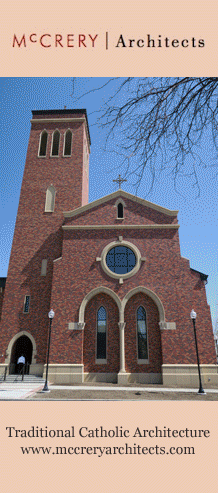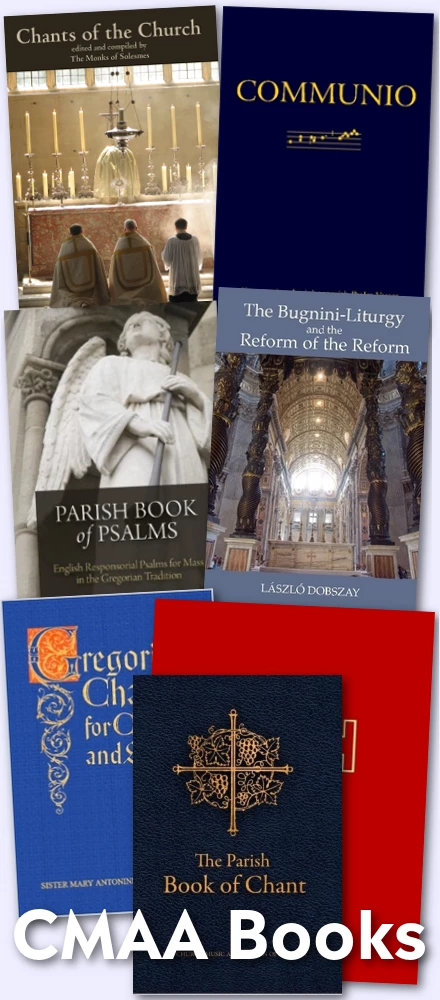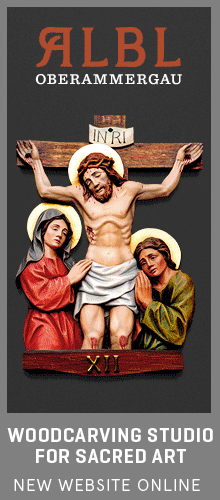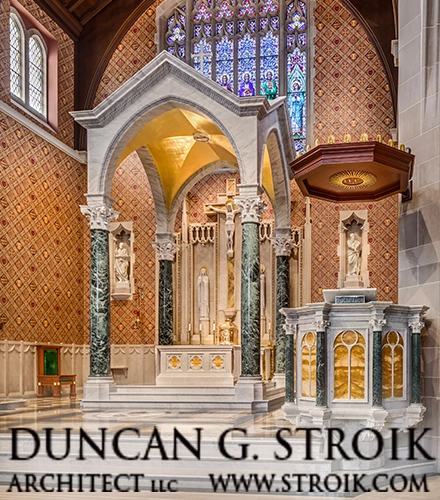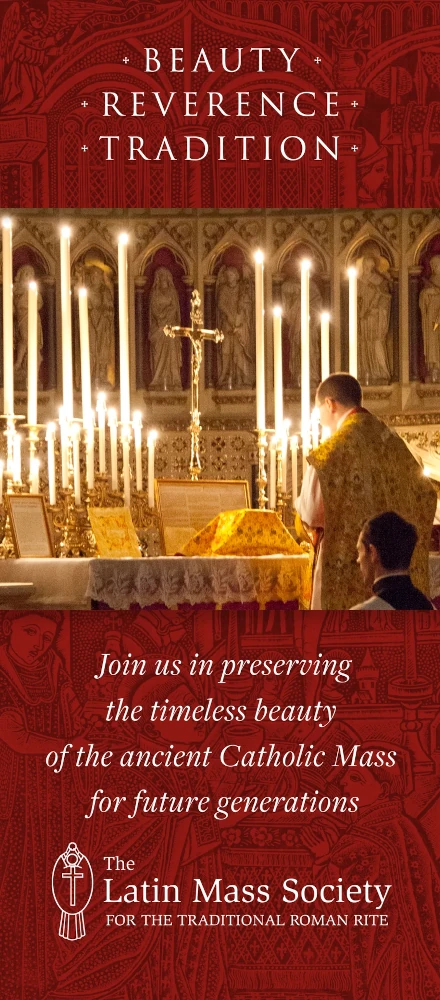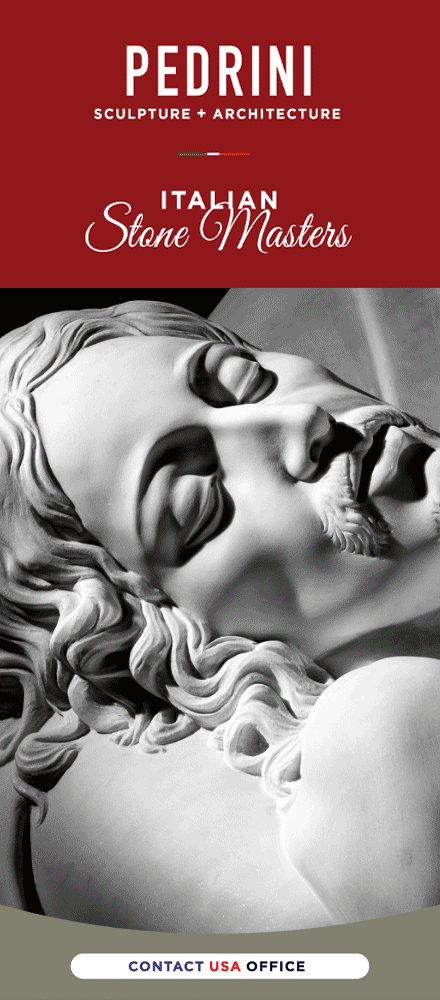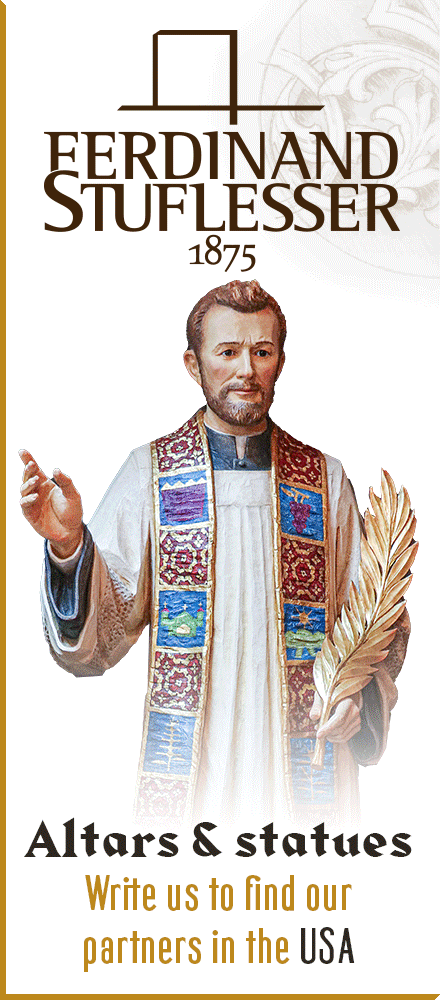Just some random Catholic facts for your amusement and edification. I'm not intending this to become a comments-box discussion on Benedict XVI's coat of arms, since that's ancient history as far as I'm concerned. Anyway, it's still on the flag.
The mitre was at one time the sole prerogative of the Pope. Indeed, the tiara and the mitre in all likelyhood descend from the same bonnet, a curious thing shaped like a sugar-loaf and either called the camelaucum or the phrygium--ironically, the same infamous oriental cap of liberty later resurrected by the Jacobins of revolutionary Paris. The Phrygian cap--worn by freed slaves in ancient days--was purportedly bestowed on Pope Sylvester by Constantine as a sign of the Church's new freedom. While this is undoubtedly a legend, at least one author has suggested that the popes of the era must have had some distinguishing head-piece, and we have definite evidence for the camelaucum from the seventh century onwards.
The crowns were added one-by-one; the first allegedly was added by St. Symmachus (498-514), which is in all likelyhood a fairy tale. Symmachus did a great many other things, though, including combatting a Byzantine-backed anti-Pope that went on through increasingly garbled complexities, including four truly bizarre years with the pope stuck out at St. Peter's and his rival living at the Lateran, even daring to hang up his portrait in the series at St. Paul-without-the-Walls. It appears the crown was really first added sometime around the reign of Charlemagne, or perhaps in the thirteenth century.
The second was Boniface VIII's idea, purportedly to show both temporal and spiritual power, and the third either by Benedict XI or Clement V. Nobody is quite sure why--the heraldist Giluiano Cesare de Beatiano, advancing a theory that would make even Jack Chick blush, claims it to represent temporal power over the known continents of Europe, Asia and Africa. The late Bruno Bernard Heim asks, sensibly, why nobody got around to adding coronets for Australia or the Americas; on the other hand, St. Robert Bellarmine nonetheless backs up (without the continental argument) the assertion of the tiara's temporal significance, which is no surprise as it's never really been associated with the liturgy, with the apparent exception of an Eastern-Rite liturgy once celebrated by John XXIII of blessed memory.
The best explanation would appear to be that the crowns represent the supremacy of the Pope over the Church Militant, Suffering and Triumphant, and also his triple ministry of priest, pastor and teacher of the faithful. Or, as the old coronation rite once put it, his tripartite authority as the Father of Kings and Princes, the Rector of the World, and the Vicar of our Lord and Savior Jesus Christ on Earth.
A few brave souls have undertaken to usurp the tiara from time to time. This was once considered a capital crime, if intended to misuse the pope's jurisdiction. Heim writes that "today the law has become unnecessary." (It is not known at time of writing if Archbishop Heim had ever been aware of the wellspring of nuttiness that was the late Gregory XVII of befuddled memory). Then there's the Patriarch of Lisbon who actually still uses the tiara heraldically, with a double-barred cross and crozier. The Patriarchate is a fairly young ecclesiastical institution and formerly subject to some peculiar issues of jurisdiction. It was created by the Golden Bull of 1716 as a Portuguese compliment to the Patriarchate of the West Indies--a relatively minor office, without pay, held ex-officio since 1572 by the chief chaplain of the Spanish Army. (It appears to have been vacant since 1963).
The Patriarchate itself started out equally small and was for a time largely restricted in authority to the Portuguese chapel royal, a chunk of Western Lisbon, and a number of suffragams. The former Archbishop of the place still controlled the remainder of Lisbon and a substantial ecclesiastical province which included San Salvator in the Congo and, apparently, the Brazilian city of Bahia de todos os Santos with its 365 churches--now voodoo-infested, if Umberto Eco is to be believed. This curious arrangement with its two cathedrals was eventually scrapped, though the double cathedral chapter persisted until 1837.
The Lisbon tiara is somewhat different in shape from that of Rome's, though like Rome it seems to have several variants, either bulbous or conical. Some call it a triregnum to distinguish it from the papal variety, though that too is often called a triregnum as well, to further confuse things. The origin of this singular bit of ecclesial headgear has less to do with Lusitanian pontifical megalomania than King John V's (1707-1750) hobby of coming up with new ornaments for his patriarch in an effort to establish a sort of non-schismatic Western Rome. (The first patriarch of Lisbon, Thomas d'Almeyda, seems to have been a pretty nice guy, even saintly). The sedia gestadoria was also used there, and the cathedral chapter has three ranks patterned after the three orders of the College of Cardinals, as well. This rather charming sort of liturgical weirdness is uniquely Portuguese, as the Portuguese Braga rite retains rubrics concerning a serpent-shaped Paschal candlestick, as well as a prayer to be said in the sacristy while combing one's hair--apparently once a fairly common practice.
While Portuguese claims that the Pope said it was okay strike me as somewhat suspicious (there's a hint of "the dog ate my homework" in there somewhere), Rome never really made much of a fuss over the matter. Ironically enough, it seems that the old 1917 Code of Canon Law says that any century-old privilege is automatically considered valid, since proof of the origins of such a right is no longer required by law. I'm not sure if this is in the 1983 Code. On the other hand, there was that fellow Antoine-Anne-Jules, Cardinal de Clermont-Tonnerre (d. 1830), who had the fantastic cheek to stick a tiara atop his arms because of his alleged ancestral relative, Pope Nicholas II. One has to draw the line somewhere.
Tuesday, February 14, 2006
Curiosities of the Tiara
MatthewMore recent articles:
A Rubrical Note for the End of This Month Gregory DiPippo
This year, the feast of Ss Peter and Paul falls on the Sunday after the feast of the Sacred Heart (June 27). A priest friend has put forth the question, What does one do about the external solemnity of the Sacred Heart, which would be celebrated on that day? The short answer, according to the rubrics of both the 1960 Missal and of the prior edition...
Other Gospels for the AscensionGregory DiPippo
The Roman Rite has various ways of arranging the Masses during an octave. That of Easter, for example, has a completely proper Mass for every day, that of Pentecost for every day but Thursday, which was originally an “aliturgical” day; when its Mass was instituted later, it was given proper readings, but everything else is repeated from Sunday. Th...
The Feast of St PetronillaGregory DiPippo
Long before either the Visitation or the Queenship of the Virgin Mary were celebrated on this day, and before those, St Angela Merici, the founder of the Ursulines, May 31st was the feast day of St Petronilla. Although she is missing from the oldest Roman liturgical books, she is seen in a painting of the mid-4th century in the catacomb of Domitil...
The Festival of St Joan of Arc in Orléans, FranceGregory DiPippo
Today is the feast of St Joan of Arc, kept on the anniversary of her execution by burning at the stake in the city of Rouen, in the year 1431. The second Sunday of May is kept as a national holiday in France in honor of her, called the “national holiday of Joan of Arc and of patriotism.” (The title isn’t any less awkward in French.) This date was c...
The Holy Ghost HoleMichael P. Foley
A Holy Ghost hole in Saints Peter and Paul parish church in Söll, AustriaA curious architectural feature of some churches in France, southern Germany, and Austria is the Holy Ghost Hole, an opening in the ceiling into which different objects were once thrown during the celebration of the Mass. It is speculated that the art surrounding the hole indi...
“Hold Fast to the Traditions” - Guest Article by Mr Jay RattinoGregory DiPippo
Our thanks to Mr Jay Rattino for sharing with us this interesting article about the folk customs of Italian Catholics, and the efforts being made to preserve and revive them.The Italian Catholic communities throughout New Jersey and the surrounding areas are filled with long-standing traditions, and there are renewed efforts going on to revive the ...
The Ascension of the Lord 2025Gregory DiPippo
Men of Galilee, why do you wonder looking up to heaven? alleluia. As you have seen Him going into heaven, so shall He come, alleluia, alleluia, alleluia. Ps 46 All ye nations, clap your hands: shout unto God with the voice of joy. Glory be... Men of Galilee... (The Introit of the Ascension)The Ascension, 1495-98, by Pietro Perugino (1448-1523); pub...
How Medieval Christians Celebrated the Rogation Days (with a Dragon)Gregory DiPippo
The following description of the Rogation Processions comes from a canon of the cathedral of Siena named Oderico, who in the year 1213 wrote a detailed account of the liturgical texts and ceremonies used in his church. “Mindful of that promise of the Gospel, ‘Ask, and ye shall receive,’ (John 16, 24; from the Gospel of the Sunday which precedes t...
Why Louis Bouyer Is Delightful and Frustrating to ReadPeter Kwasniewski
One experience I think many of us have had with liturgical authors who wrote prior to the Council and/or the imposition of the Novus Ordo is that we find in their works so many wonderful insights, mingled with passages of excruciating naivete, baffling optimism about the possibilities of reform-in-continuity, strange flights of reformatory fancy, e...
The Crazy Liturgy of the Lesser Rogations in the Gallican RiteGregory DiPippo
The Lesser Rogations which we keep on the three days before the Ascension are actually older than the Greater Rogations kept on April 25th. They are called “lesser” because they were instituted in Gaul ca. 470 AD, by St Mamertus, the bishop of Vienne, and only adopted into the Roman Rite about 300 years later.Two leaves of the Farnese Hours, showin...


